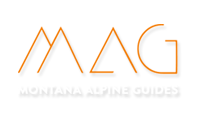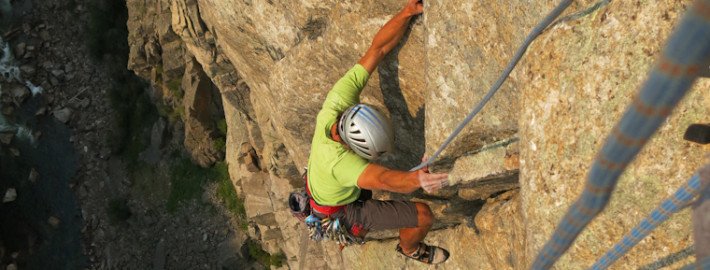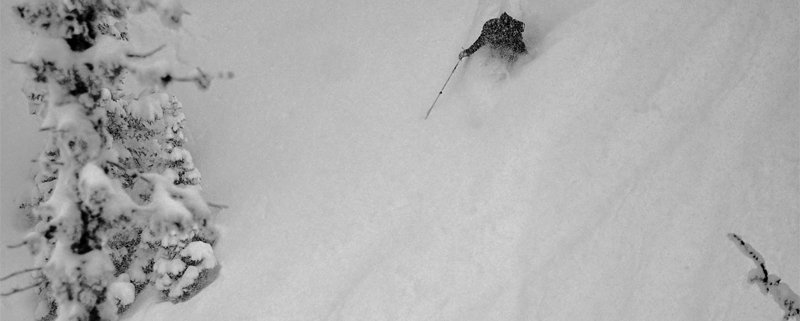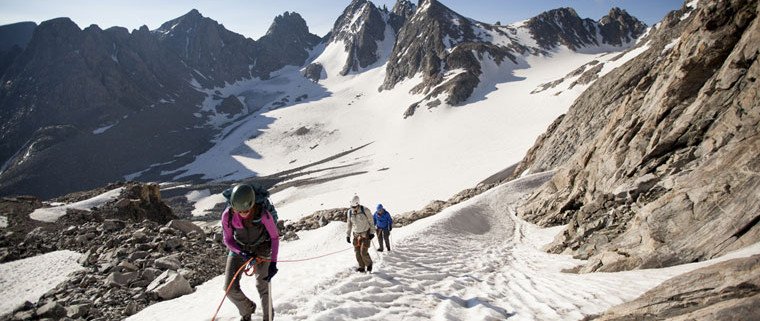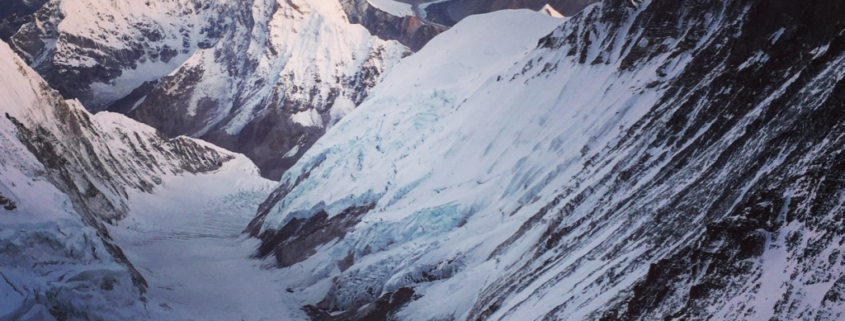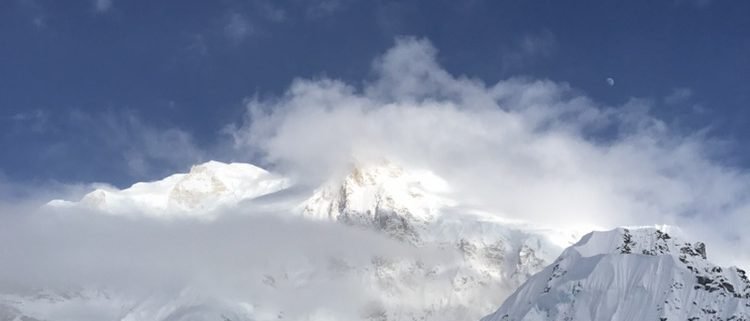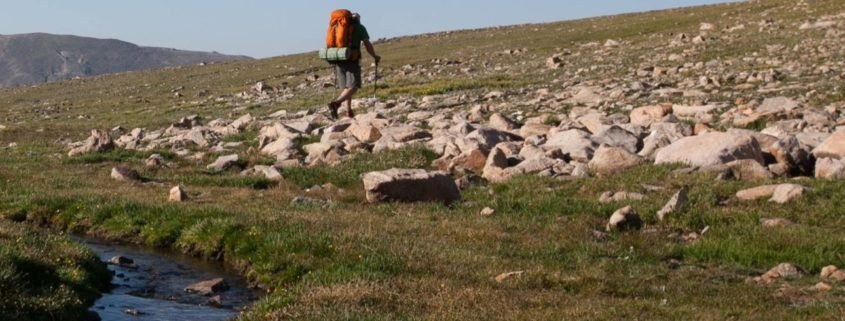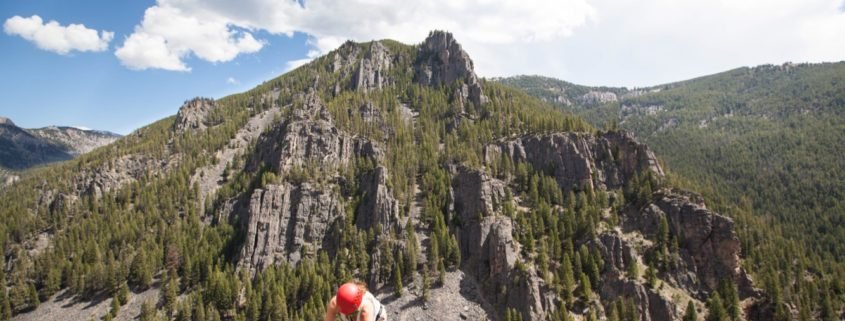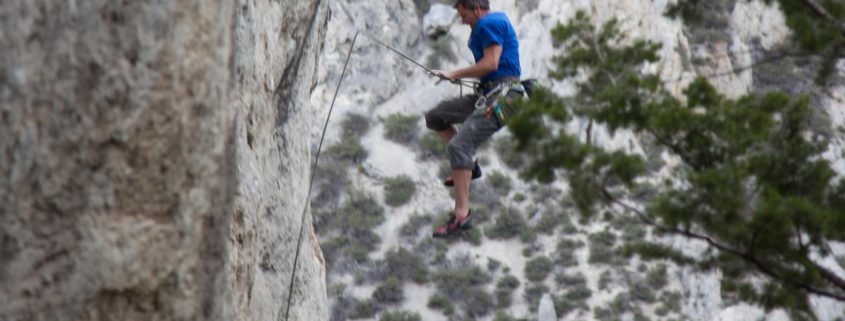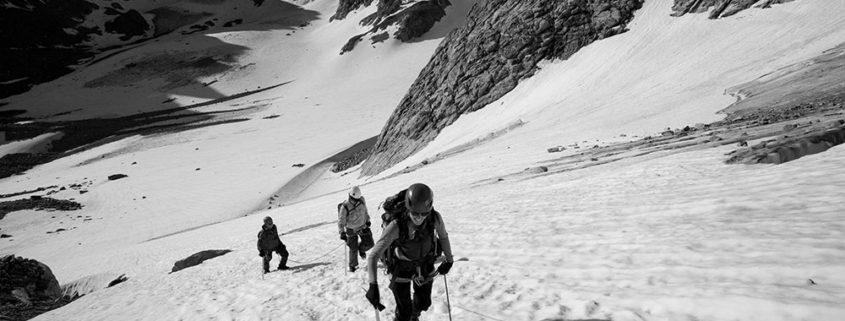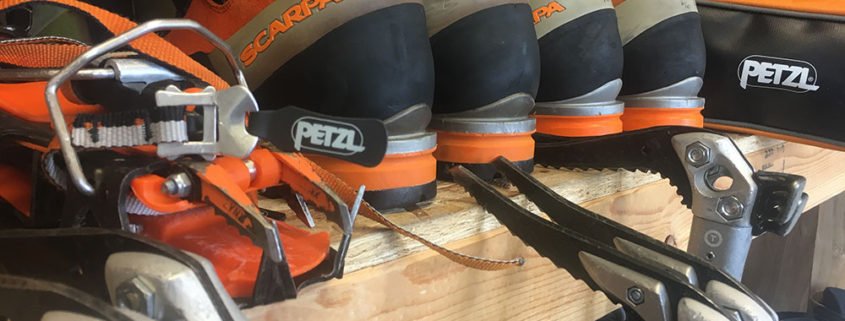Summer in Bozeman means it’s time to put away skis (some people more reluctantly than others), ice axes, and crampons in exchange for rock shoes, chalk bags, and t-shirts. With climbing access to Hyalite just a short 20 minute drive south of town, it’s hard not to climb every day of the summer. Here at Montana Alpine Guides we are fortunate to guide all of our favorite spots around the greater Bozeman, Big Sky, and Yellowstone National Park area.
Feel like getting on some limestone sport climbs? Head down to Allenspur, a rock crag in Paradise Valley, for easy to moderate single pitch sport routes. Maybe you’re interested in expanding upon your rock skills and wanting to get a look into the world of traditional (trad) climbing? Head 20 minutes south of town up the scenic Hyalite Canyon to Practice Rock. Easy access to the top makes this a perfect place to learn the finer points of gear placement while “mock-leading”. With routes on almost every aspect of Practice Rock, this is a great place to hang out on a hot summer day and chase the shade. Perhaps you’re a more experienced trad climber? It might be time to rally down to the gally. The Gallatin Canyon offers varying degrees of difficulty single and multi-pitch trad climbs (with some sport routes as well). The Gallatin Canyon also offers some great beginner climbing and is the perfect spot for anyone staying in Big Sky or Yellowstone National Park.
One of the greatest aspects to rock climbing around Bozeman is the ease of access to different areas with different rock types, climbing styles, difficulties, aspects, and approach times. So whether you’ve never climbed at all or have been climbing for years, you are sure to find a spot around Bozeman that will cater to your objectives.
As always, Montana Alpine Guides will be running rock climbing trips and instructional courses throughout the summer and into September. Whether you’re a family of first time climbers, a gym climber ready to climb outside, or a seasoned climber ready to tackle El Capitan, we have a course or trip that can be catered to your current climbing level and future goals. Be sure to check out the Rock Climbing portion of our website and see if we have a course that catches your eye.
Interview with Zoe Schultz (Traditional Rock Course Participant)
MAG: How long have you been climbing?
Zoe: I started getting into climbing Fall of 2016
MAG: What first drew you to rock climbing? What has continued to fuel your passion for climbing?
Zoe: I’ve always loved backpacking, hiking, and peak bagging, so naturally rock climbing was a huge appeal to me. During the past few months of climbing, I have learned what drives people to achieve their goals, and their passion serves as a model for how I hope to move forward with climbing. Most importantly, I love climbing with good people who are patient and who have a sense of humor, and don’t care whether it’s a hard or laid back day at the crag as long as everyone is having fun. Honestly, the happy feeling I get sitting on top of a climb after being scared or frustrated on a route, is what continues to fuel my passion for climbing.
MAG: What course(s) have you taken with Montana Alpine Guides?
Zoe: I have taken the top rope anchor class and the traditional rock course
MAG: What is one thing from the Traditional Rock Course that you were most excited to learn about?
Zoe: I was most excited to learn how to set up a bail system and haul system for different scenarios on multi-pitch climbs. While I may not be the strongest or fastest climber, I feel more confident climbing with others as a leader or follower knowing I have the skills to avoid potentially dangerous situations.
MAG: Any summer climbing plans?
Zoe: This summer I hope to get out and play on rocks as much as possible!
MAG: What is one thing that you would say to anyone thinking about taking a course from Montana Alpine Guides?
Zoe: If anyone was thinking about taking a course from Montana Alpine Guides, I would say, if you want to learn new skills or gain confidence climbing, these courses are perfect! Sure, you can learn how to climb from friends and maybe a significant other, but nothing is better than learning from professionals who are patient and stoked to teach their skills to people willing to learn.
Thanks Zoe!
